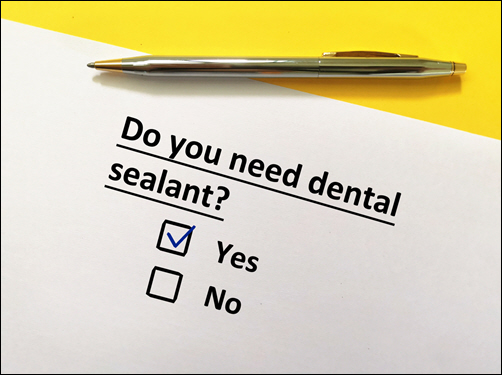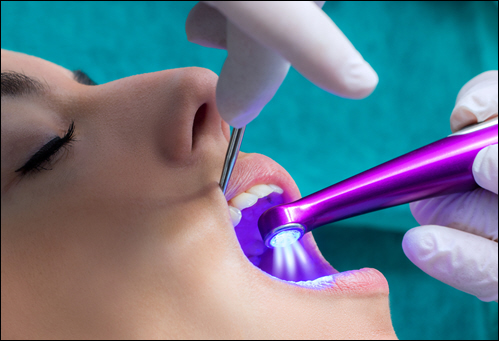Dental sealants provide an easy, effective way to protect teeth from cavities, especially in children and teenagers. These thin, protective coatings are applied to the chewing surfaces of the back teeth, creating a barrier that prevents food particles and bacteria from settling into the deep grooves where brushing sometimes misses. Sealants are a quick, painless treatment that can make a significant difference in maintaining healthy teeth and preventing decay for years to come.
How Dental Sealants Work
Dental sealants act like a shield, covering the deep pits and fissures of molars and premolars, which are prone to trapping food and bacteria. Even with good brushing and flossing habits, these grooves can be difficult to clean thoroughly, especially for young children learning proper oral hygiene techniques. Once bacteria and food particles settle in these grooves, they produce acids that attack tooth enamel, increasing the risk of cavities.
 By applying a thin layer of resin to these grooves, dental sealants prevent debris from entering these areas, blocking decay-causing bacteria from reaching the enamel. This barrier keeps teeth safer from cavities and reduces the likelihood of needing fillings, crowns, or other restorative treatments down the road.
By applying a thin layer of resin to these grooves, dental sealants prevent debris from entering these areas, blocking decay-causing bacteria from reaching the enamel. This barrier keeps teeth safer from cavities and reduces the likelihood of needing fillings, crowns, or other restorative treatments down the road.
The Simple, Painless Process of Applying Sealants
Applicaiton is quick, painless, and requires no drilling or anesthesia. The procedure can be completed in just a few minutes per tooth, making it ideal for children who may be anxious about dental visits. Here’s what to expect during a sealant application:
- Cleaning the Tooth: The dentist or hygienist cleans the tooth thoroughly to remove any plaque or food particles, ensuring a smooth surface for the sealant to adhere to.
- Preparing the Surface: A mild solution is applied to the tooth’s surface to slightly roughen it, which helps the sealant bond more effectively. This step is quick and completely painless.
- Applying the Sealant: The dentist paints the sealant material onto the tooth, filling in the grooves. The sealant is a liquid that hardens quickly, either on its own or with the help of a special curing light.
- Final Check: Once the sealant has hardened, the dentist checks to make sure it’s smooth and securely in place. The patient can eat and drink immediately after the procedure with no restrictions.
Who Benefits Most?
Dental sealants are especially beneficial for children and teenagers, as their newly erupted permanent molars are highly vulnerable to decay. Applying sealants as soon as these teeth come in—around ages 6 and 12—provides early protection. However, adults with deep grooves or a history of cavities can also benefit from sealants as an added measure of protection.
Long-Term Benefits of Sealants
Dental sealants can last up to 10 years with proper care, offering a cost-effective way to reduce cavity risk over time. Dentists will check sealants during regular exams, reapplying them if needed to ensure continued protection. This long-lasting, preventive treatment minimizes the need for fillings, which helps patients avoid the discomfort and expense of restorative procedures.
Invest in Cavity Prevention with Dental Sealants
Dental sealants offer a straightforward, effective solution for cavity prevention. By protecting vulnerable tooth surfaces from decay, sealants help maintain healthy teeth and contribute to a brighter, healthier smile for the long term. Ask your dentist about dental sealants at your next visit to see if they’re the right choice for you or your family members, and enjoy the benefits of a stronger, cavity-resistant smile.

